Halloween
25 Times People Took Halloween Pumpkin Carving To A Whole New Level
Pumpkin carving is what you make of it. It’s a terrific method to exhibit your creativity and is a fun (family) activity that gets you in the Halloween mood.
The flexibility to choose anything you want—from a humorous option like your favorite meme to a terrifying zombie—is its best feature.
Large turnips and potatoes were used as the first canvases in Ireland, where this Halloween tradition first became popular. In fact, the word “jack-o’-lantern” itself derives from an Irish folktale about a character by the name of Stingy Jack. Irish immigrants brought the custom to America, the land of the pumpkin, and it quickly established itself as an essential component of the macabre holiday.
The Devil was reportedly invited to join Stingy Jack for a drink. As befitted his moniker, Stingy Jack refused to pay for his drink, so he persuaded the Devil to transform himself into a coin that Jack could use to order what they needed. When the Devil complied, however, Jack made the decision to keep the cash and place it in his pocket next to a silver cross to deter the Devil from returning to his natural shape.
The Devil was eventually set free by Jack, but only after agreeing to stay away from him for a whole year and not claim Jack’s soul if he passed away.
Jack conned the Devil once more the following year. By forcing him to ascend a tree to select some fruit this time. Jack cut a cross into the tree’s bark as he was perched in the tree to prevent the Devil from descending. The Devil now had to swear to leave Jack alone for an additional ten years.
Later, Jack passed away. According to mythology, God forbade such a repulsive person from entering heaven. However, the Devil maintained his word and didn’t try to take Jack’s soul because he was still angry with Jack for the games he had played on him.
Jack was left in the pitch-black night with only a burning coal to light his way because he was unable to enter hell either. Since he placed the coal in the turnip’s hollow, Jack has carried it around with him and gone by the names “Jack of the Lantern” and, later, “Jack O’Lantern.”
In order to scare away Stingy Jack and other evil spirits who could have also been out in the night, people in Ireland and Scotland started to build their own variations of Jack’s lanterns by carving grotesque faces into turnips or potatoes and placing them next to windows or doors. Large beets were utilized in England.
When these immigrants arrived in the US, they brought the custom with them and quickly learned that their new home’s native fruit, pumpkins, makes ideal jack-o’-lanterns.
#1 My Friend Is Awesome At Carving Pumpkins
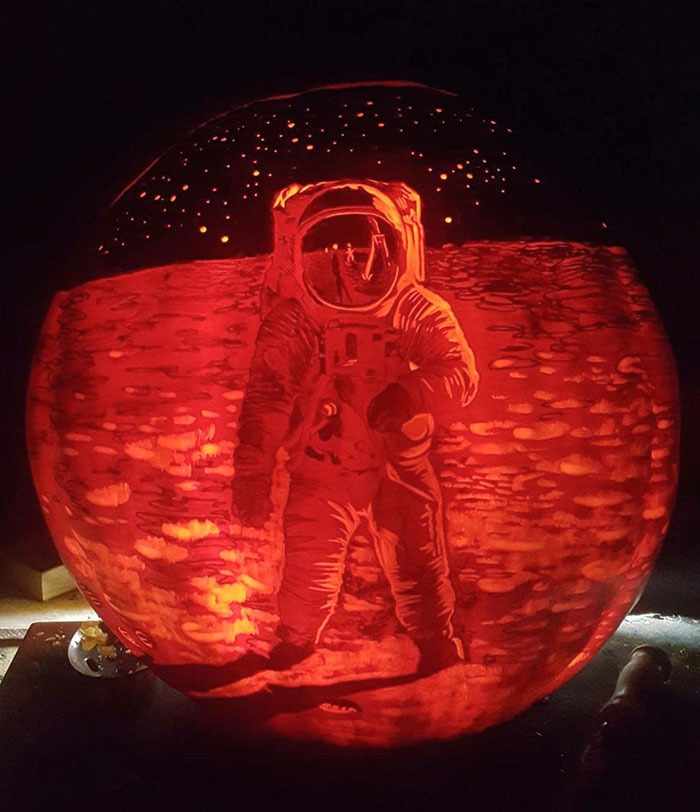

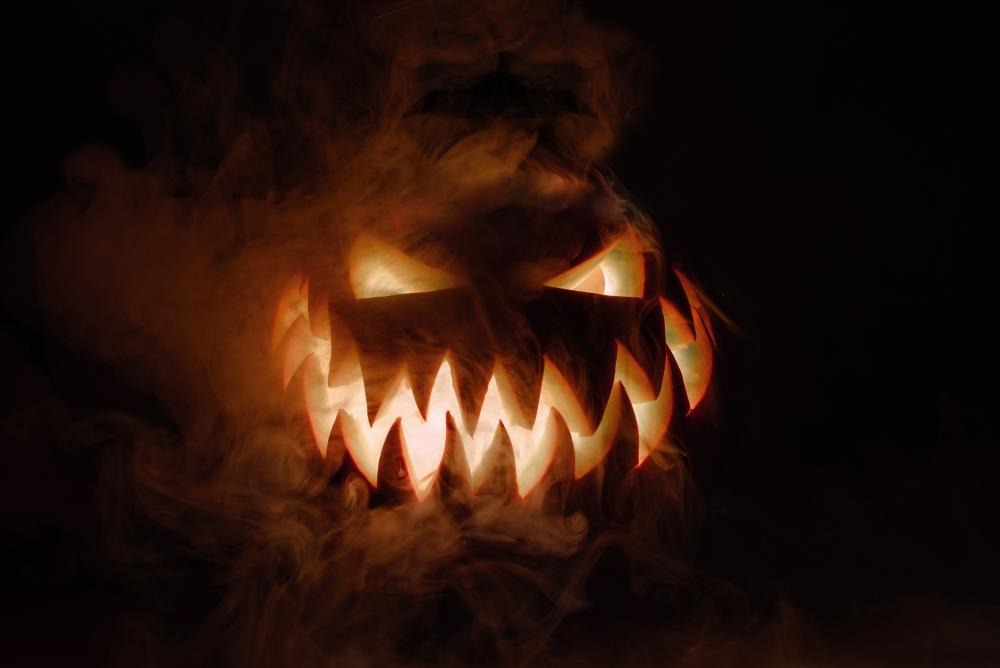
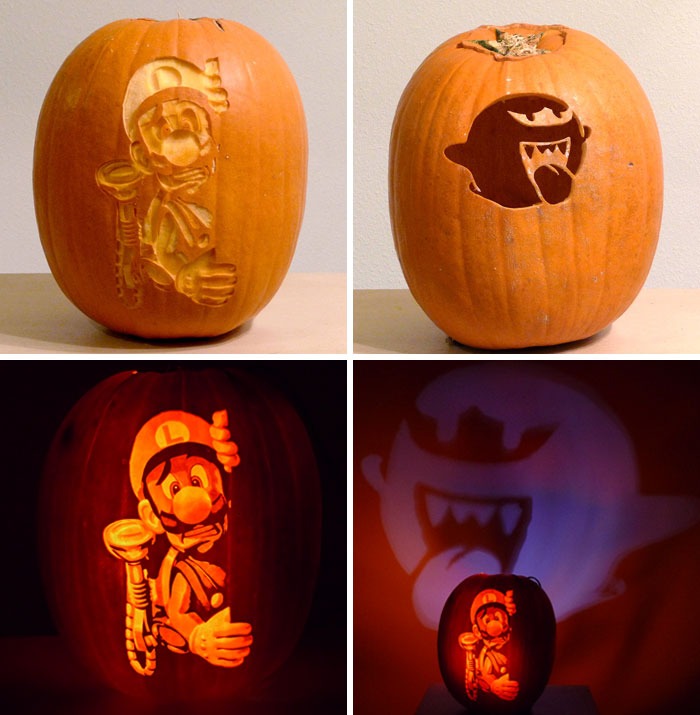

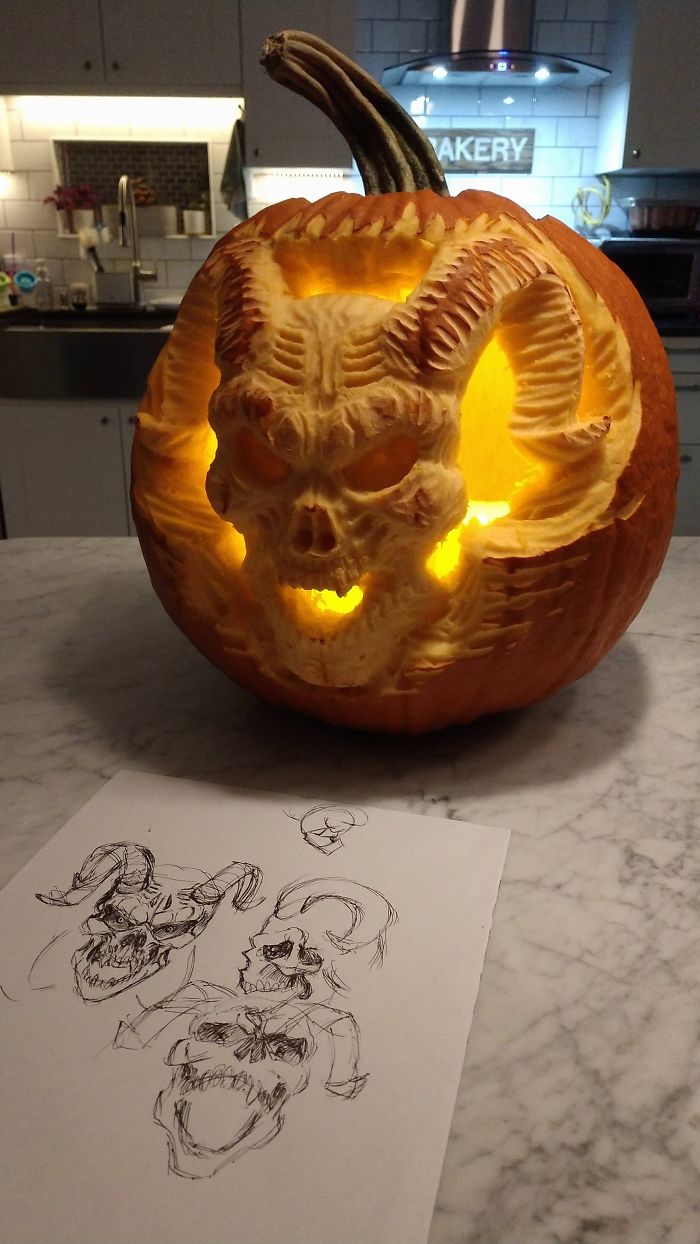
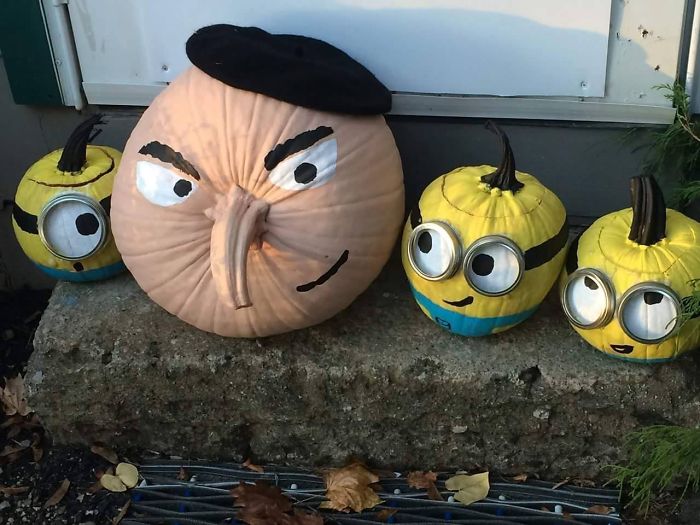

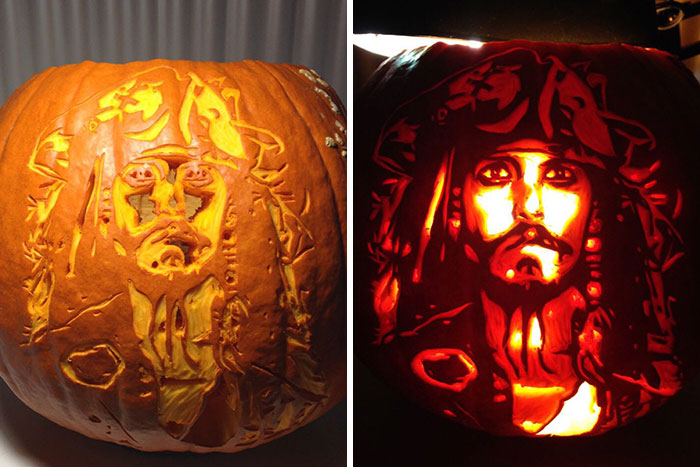
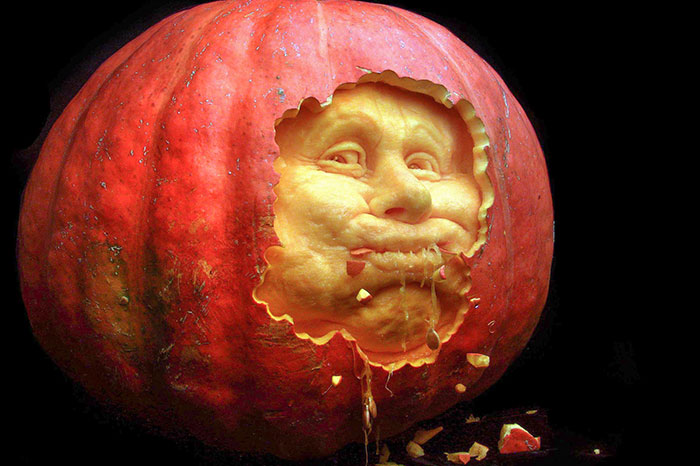

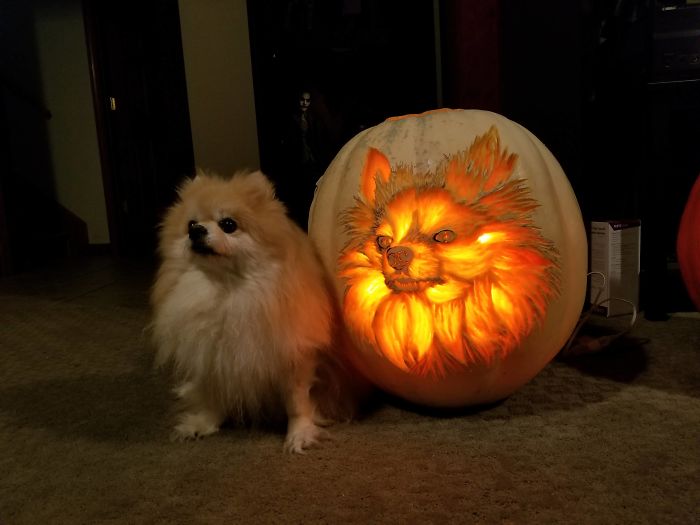
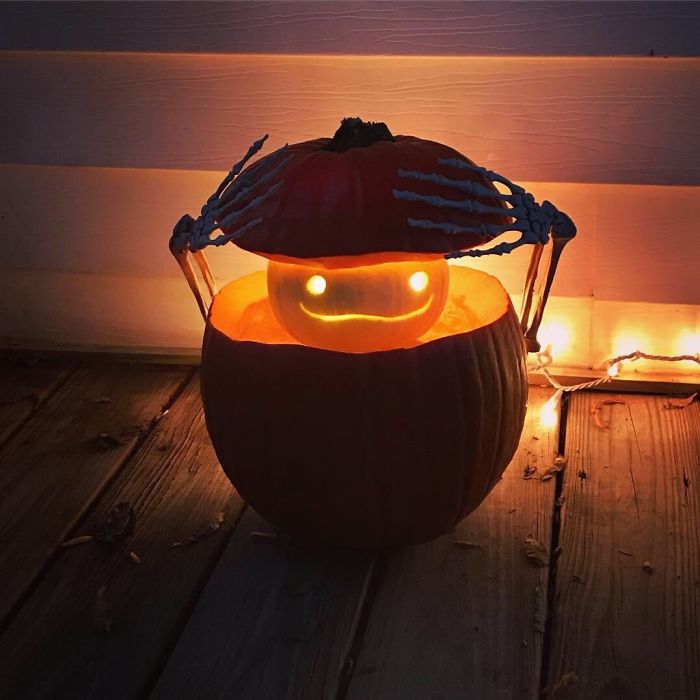
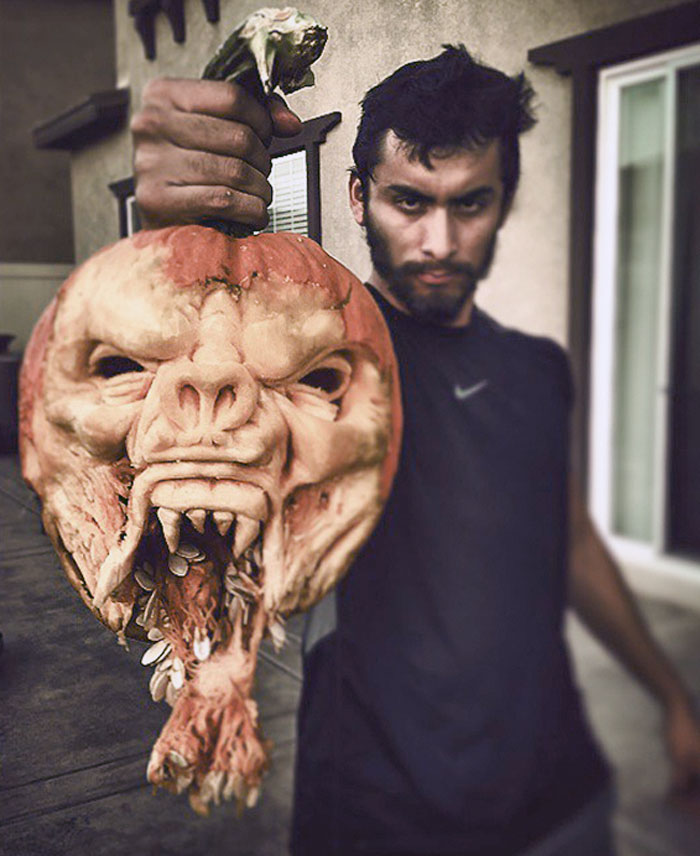

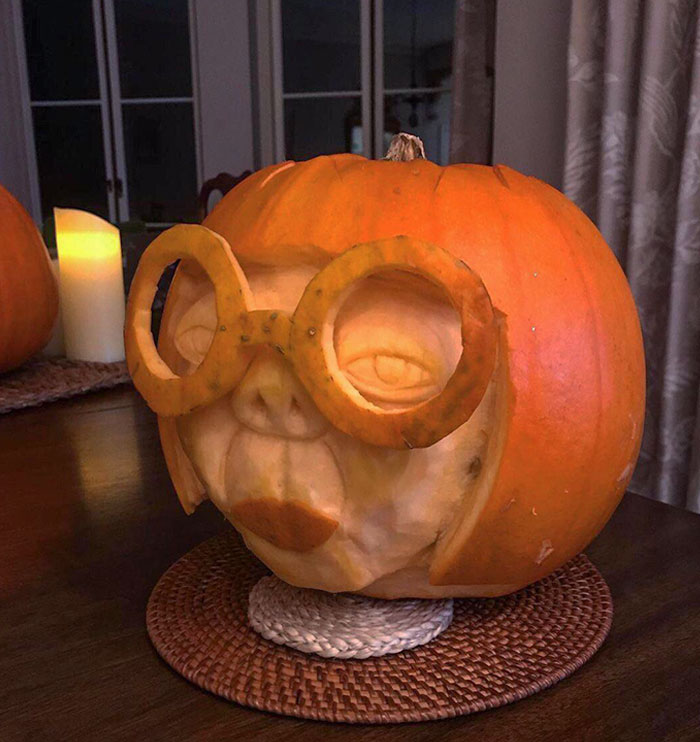
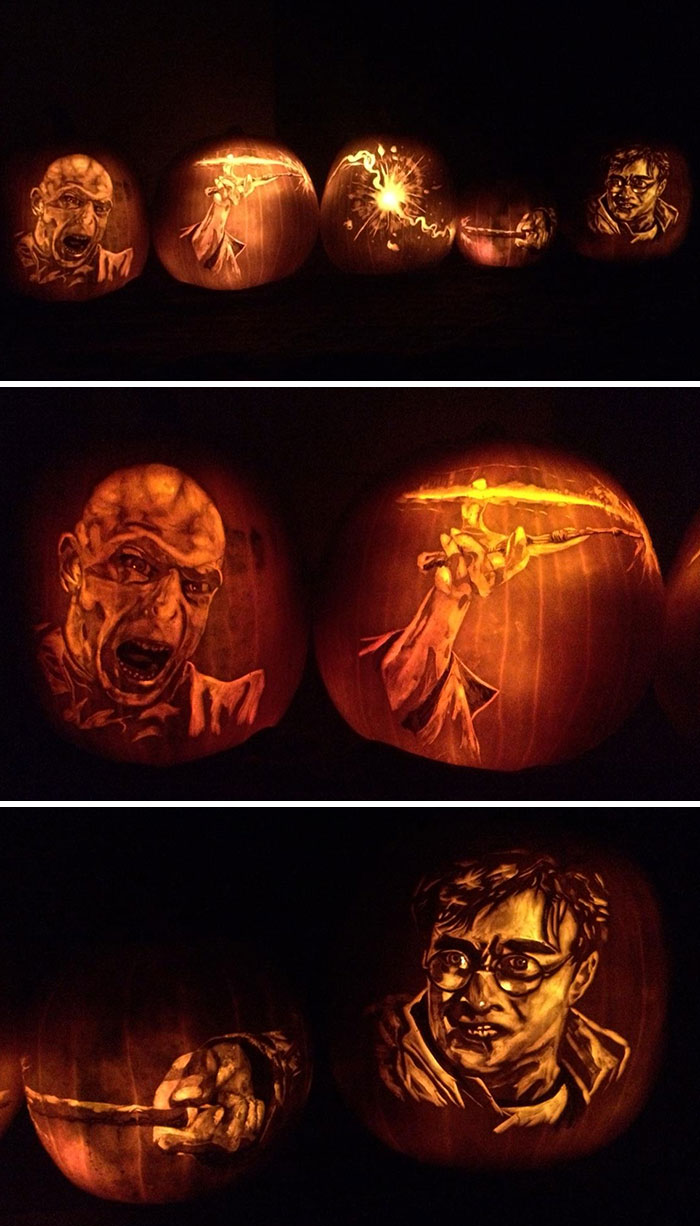
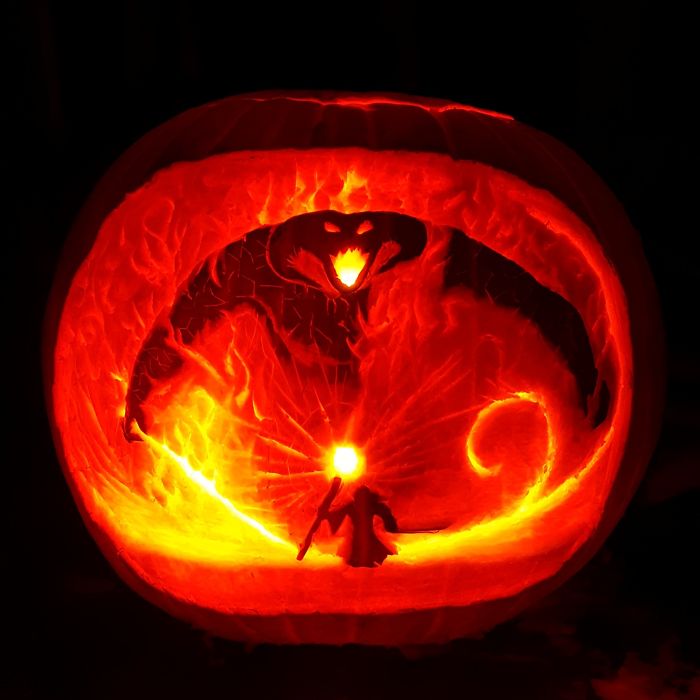
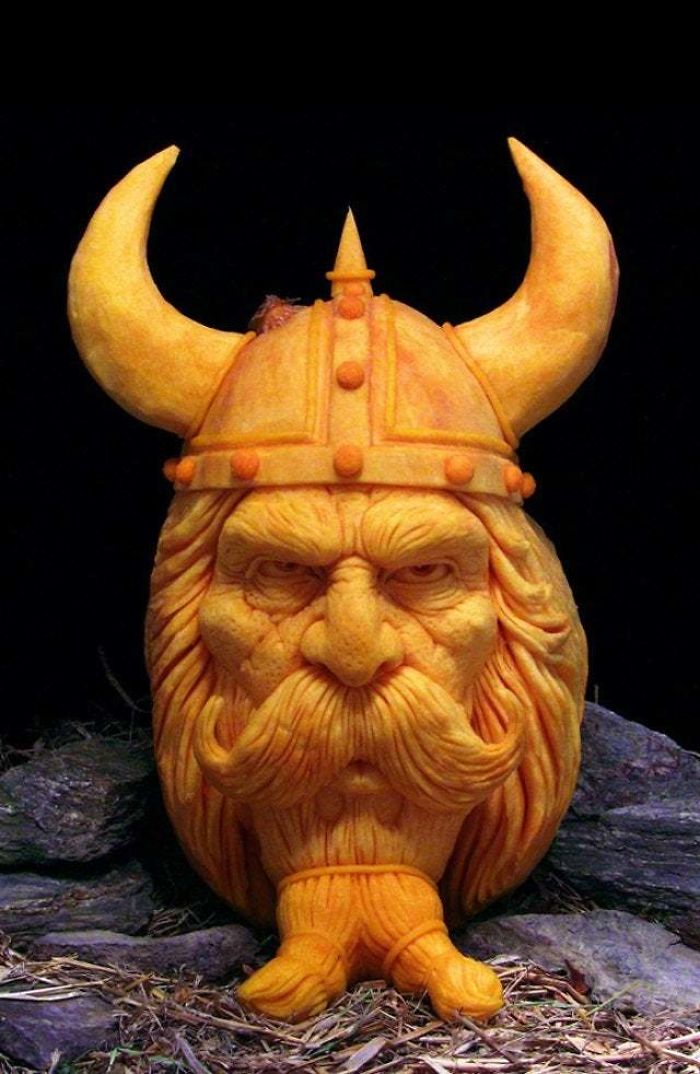

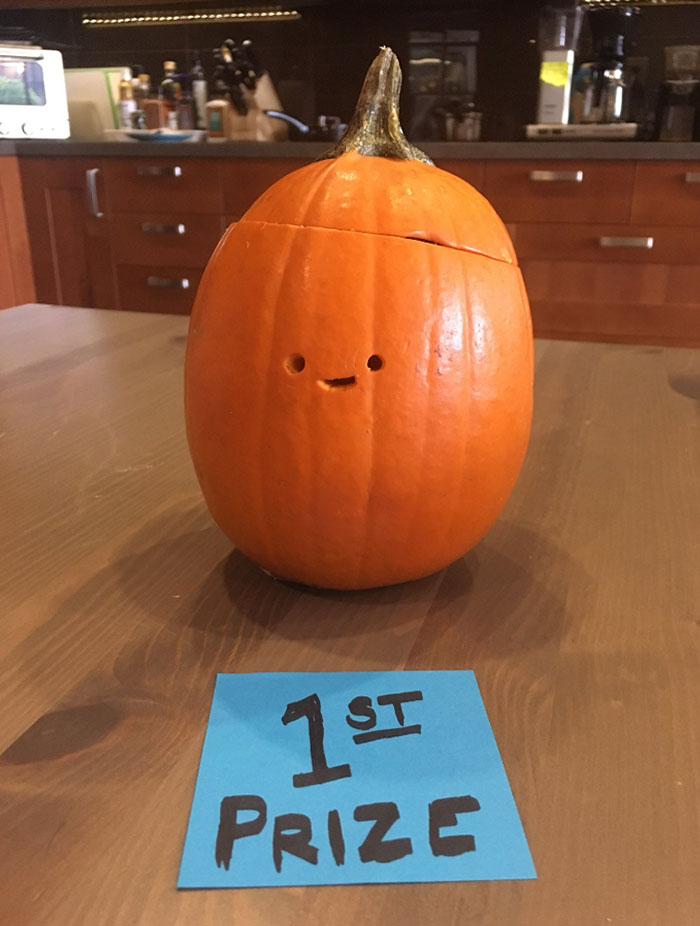
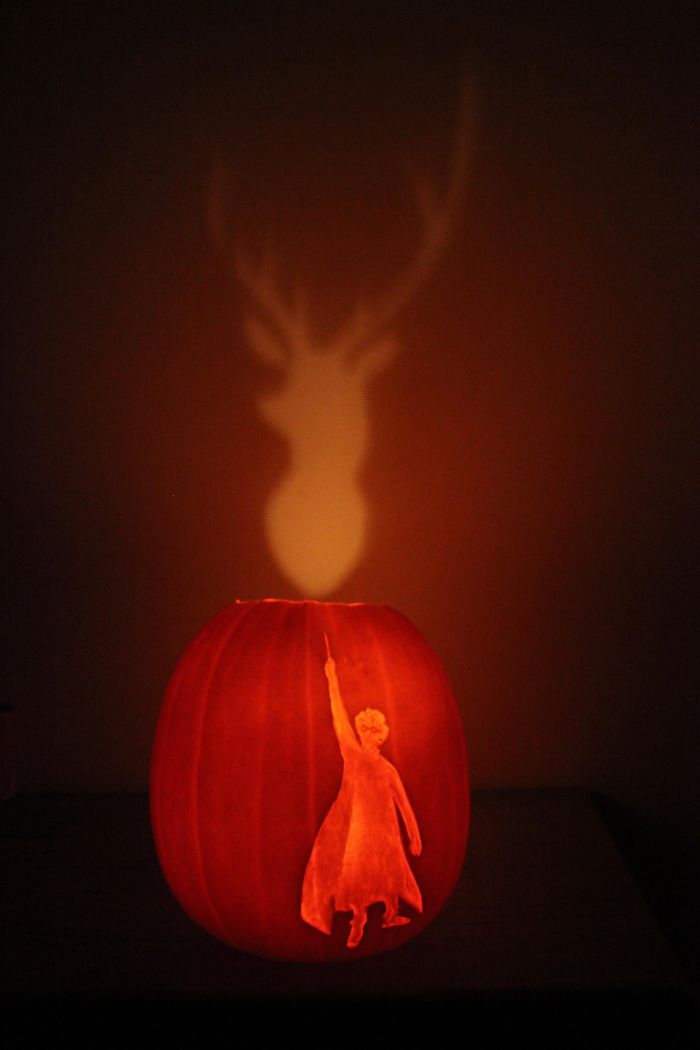
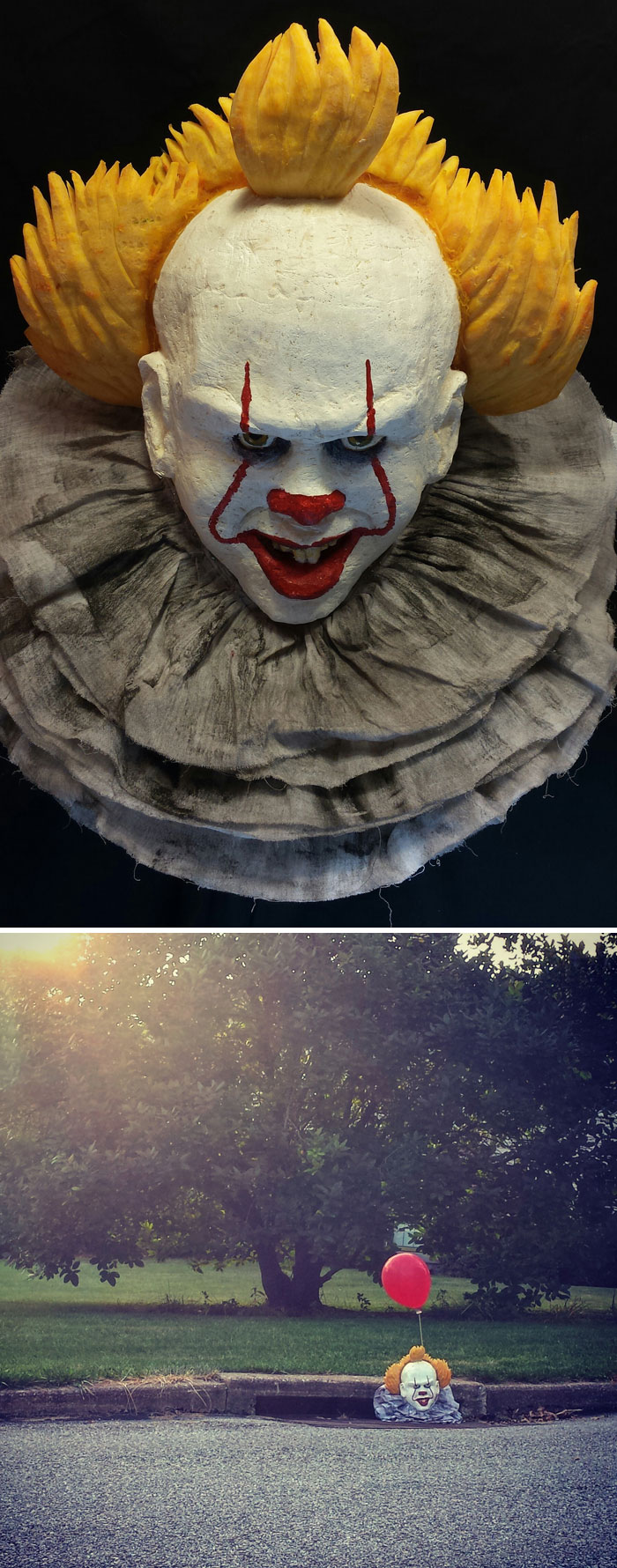


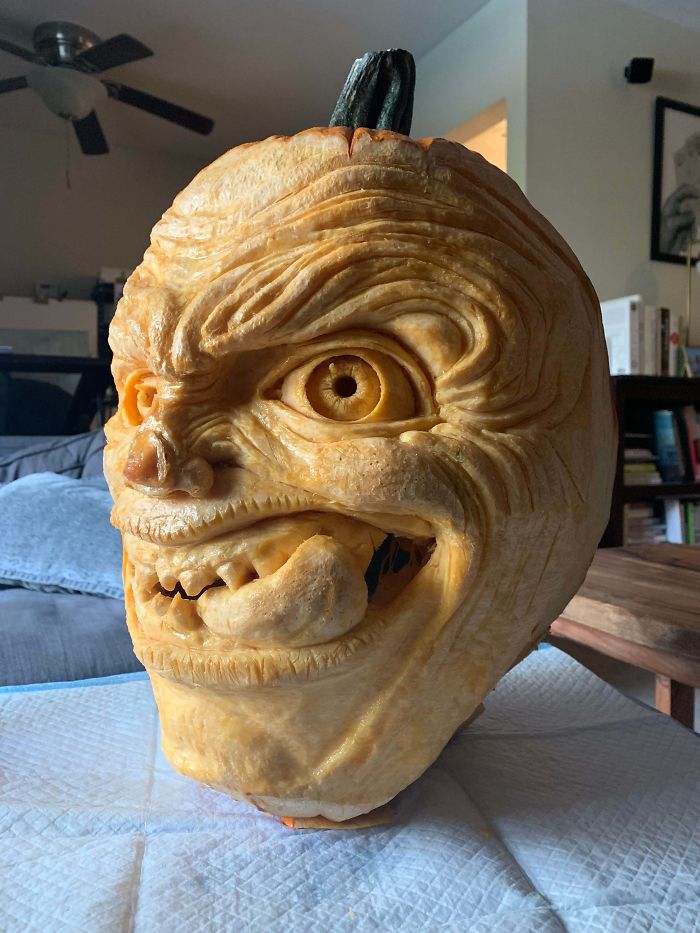
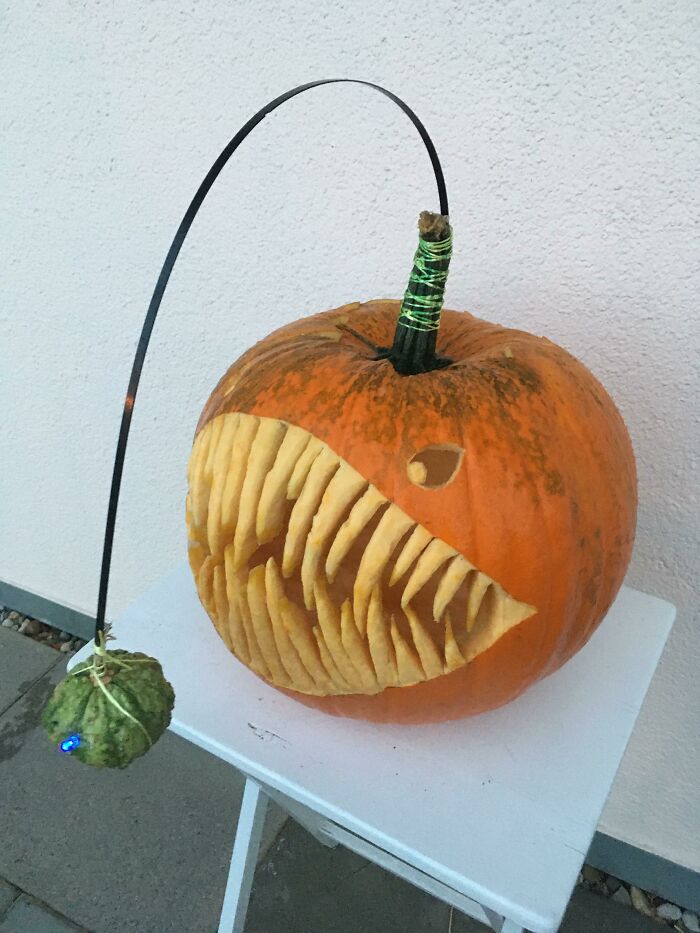

It agree, a useful piece